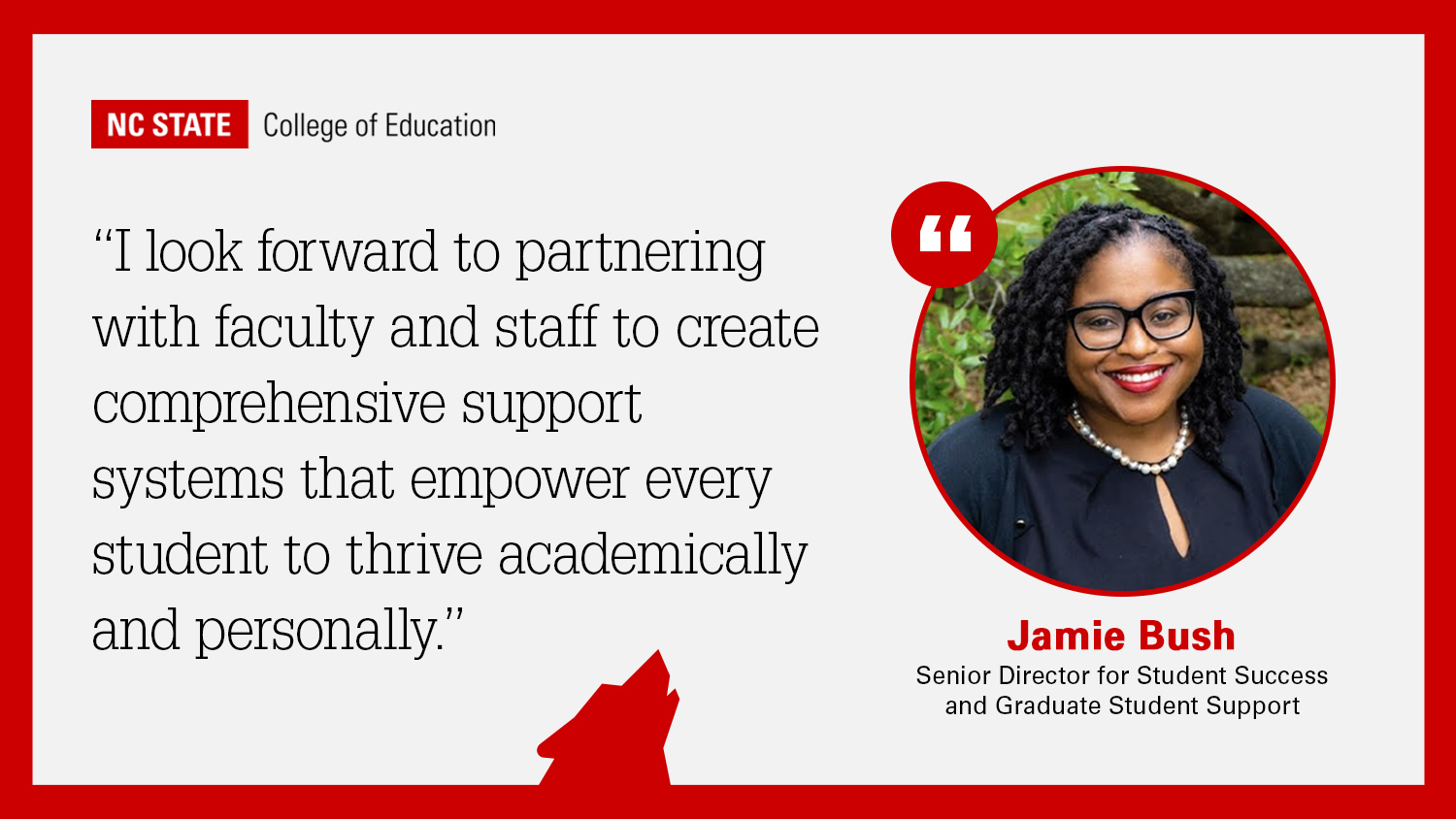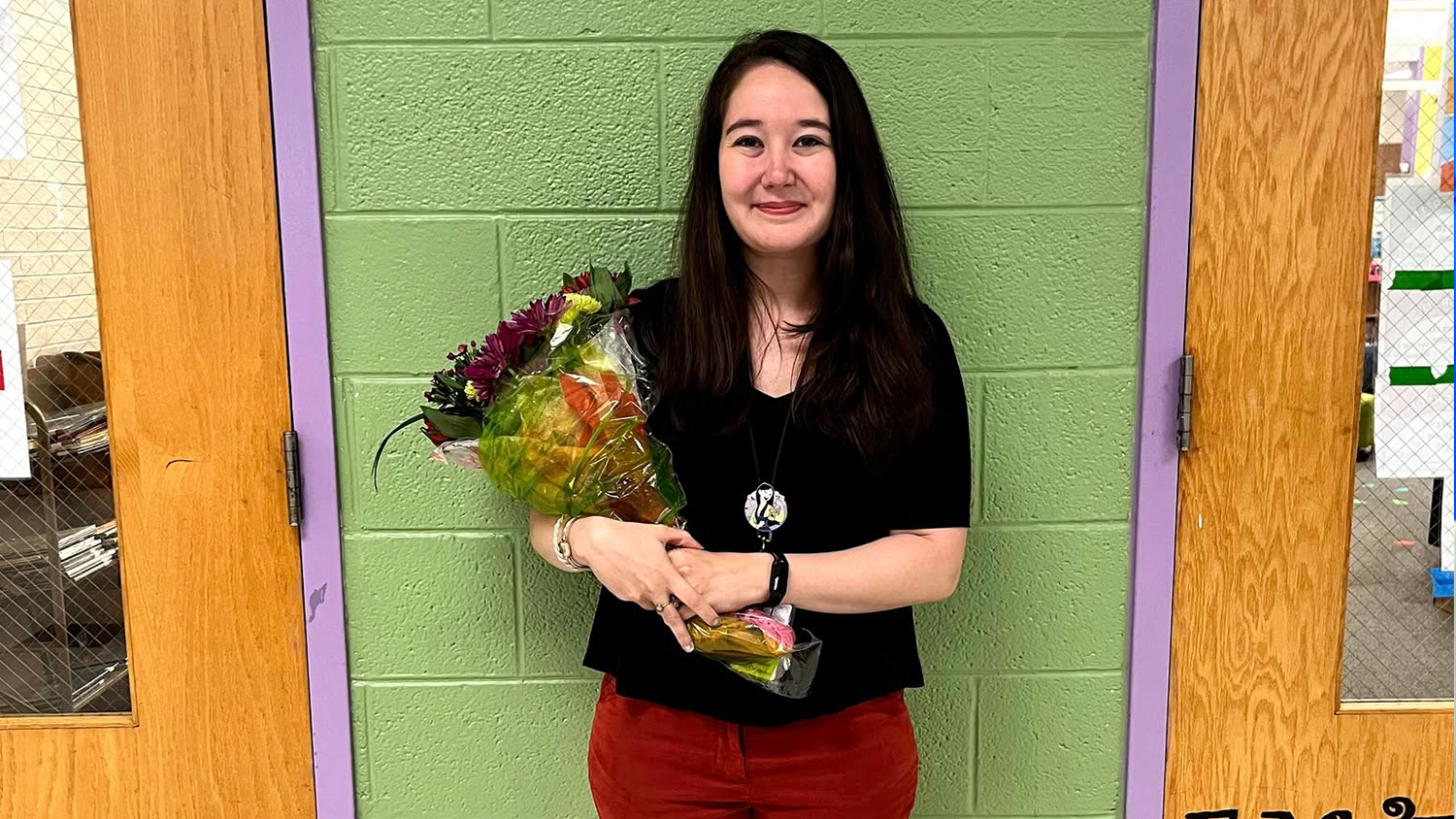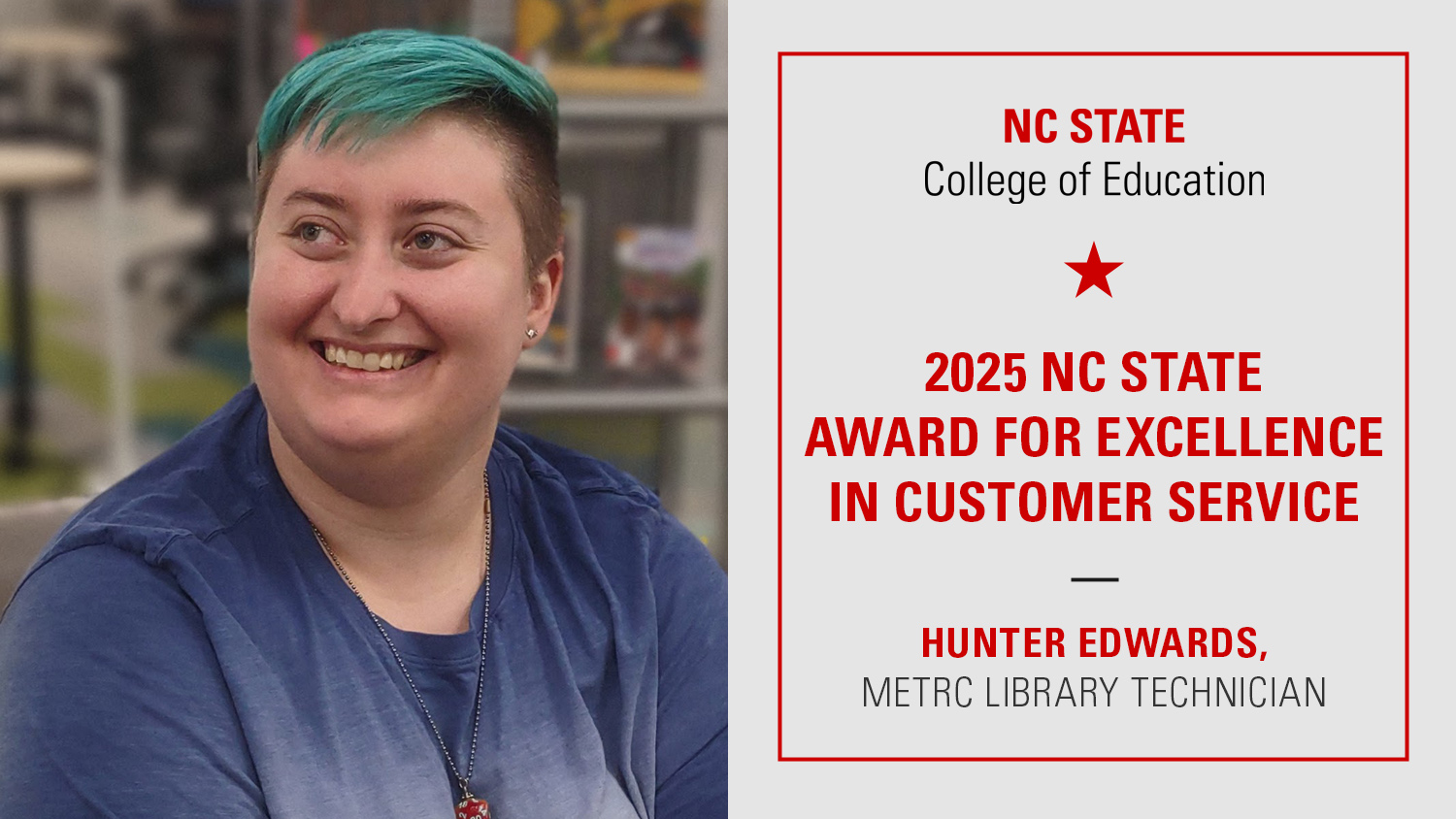Ask the Expert: What is Inclusive Education? A Beneficial Way to Teach Students of All Abilities Side-by-Side, Says Assistant Professor Jamie Pearson

This is part of the monthly “Ask the Expert” series in which NC State College of Education faculty answer some of the most commonly asked questions about education.
Inclusive education is beneficial for students of all learning abilities, but parents and educators need to be on the same page to make sure it is implemented successfully, says Jamie Pearson, Ph.D., an assistant professor of special education at the NC State College of Education.

Pearson says that inclusive education means that students with and without disabilities learn alongside one another, in the same classroom setting, with lessons that are accessible for all.
From an educator’s perspective, an inclusive classroom can take on different looks depending on the school and what works best for the students. In some cases, inclusive education involves a co-taught classroom, where a special education teacher works alongside a general education teacher to support learners who may have disabilities. In other cases, a special education teacher may come into a classroom at different points throughout the day to ensure students with disabilities are receiving services written into their individualized education program (IEP).
“It does take a lot of collaboration from the general education teacher and the special education teacher and related service providers like speech language pathologists or occupational therapists,” Pearson said. “These individuals work in teams to make sure inclusive education is implemented effectively and that we see the outcomes we’re really aiming for.”
Pearson said that preparing teachers to provide inclusive education begins long before they are leading their own classrooms. Pre-service teachers, even those who are not planning to become special education teachers, need to expect that they will have students with disabilities in their class at some point, she said.
Once that expectation is understood, pre-service teachers can focus on understanding how to support the specific needs of various students with different disabilities.
“A lot of the onus falls on us in higher education as faculty to make sure that we are training our pre-service teachers both in general education and across disciplines to embed inclusive practices in their approaches and in their pedagogy,” Pearson said.
The NC State College of Education is making sure that we graduate educators who are prepared to teach in inclusive classrooms, requiring that all undergraduates complete the ECI 416: Teaching Exceptional Students in the Mainstream Classroom course. The college also offers an elementary education with special education dual licensure.
The dual licensure option, Pearson said, means students in the program graduate with a greater understanding of the Individuals with Disabilities Education Act (IDEA) and the disability categories that may apply to their future students, as well as strategies for how to build inclusive practices in the classroom.
Additionally, the college has recently partnered with Chapel Hill-Carrboro City Schools to offer an add-on licensure in special education to teachers currently working within the district. The four-course program, which begins in May 2020, will offer more specific training in special education, enabling those who earn licensure to co-teach or lead inclusive classrooms.
“From a professional development lens, we have a lot of exciting opportunities that are really focusing on inclusive practices and supporting all learners across disability categories and amongst students without disabilities,” Pearson said.
Building these inclusive practices into classrooms can have benefits both for students with disabilities as well as typically developing, or neurotypical, learners, she adds.
Research shows that giving all students an opportunity to interact and learn side-by-side helps to build empathy among neurotypical learners, who are learning with peers who are different from them. For students with disabilities, inclusive classrooms offer them more equitable access to education, which is important as IDEA requires that students with disabilities receive a free and appropriate education in the least restrictive environment, Pearson says. When students receive education in the least restrictive environment, research shows that they are more successful academically and socially.
“Among students with autism — my area of focus — we see strength in communication skills and in socialization skills,” Pearson said. “We also see growth in terms of academic outcomes for students when they’re in inclusive settings, so in many cases there are far more benefits [to inclusive education] than there are challenges.”
To make sure that students are reaping the full benefits of an inclusive education, Pearson said it’s important that parents know they are able to ask for specific services.
Pearson’s work, which focuses on addressing disparities in access to and utilization of services, has helped to build supports for families who need to advocate for their children with disabilities. It’s an element that she has built into her courses at the College of Education and continued through her work with Fostering Advocacy, Communication, Empowerment and Supports for African American Families of Children with Autism (FACES).
For parents with a child who is newly diagnosed with a disability, Pearson suggests building a partnership with the teacher, administrators and IEP team at the child’s school to discuss what strategies might be most effective for helping that child learn. In addition, this partnership gives parents an opportunity to let educators know more about the child, which in turn helps the educators understand how to best provide support, Pearson said.
“I think the best strategy is that parents reach out to their child’s teacher and ask for what they would like and really build that partnership and work on effective communication,” she said. “Another effective strategy I’ve seen is when parents come together with each other and advocate as a team to get inclusive supports for their students.”
Video by Ryan Clancy
- Categories:


